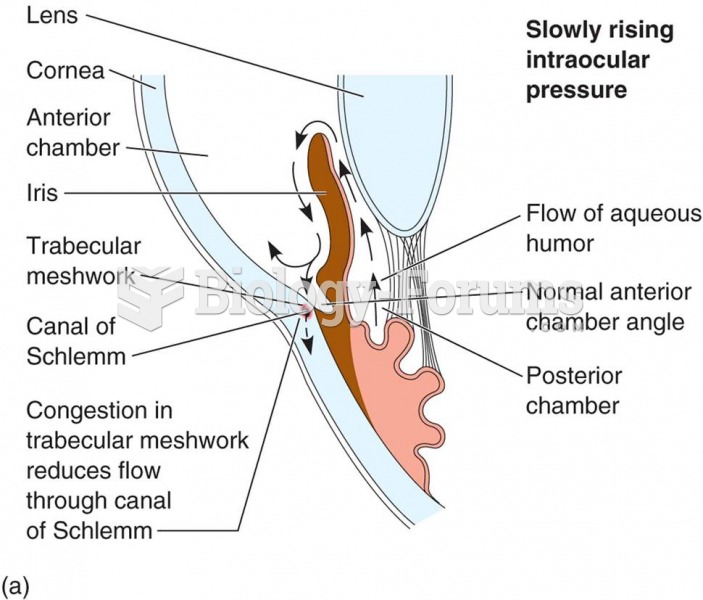|
|
|
ACTH levels are normally highest in the early morning (between 6 and 8 A.M.) and lowest in the evening (between 6 and 11 P.M.). Therefore, a doctor who suspects abnormal levels looks for low ACTH in the morning and high ACTH in the evening.
More than 150,000 Americans killed by cardiovascular disease are younger than the age of 65 years.
More than 34,000 trademarked medication names and more than 10,000 generic medication names are in use in the United States.
Blood is approximately twice as thick as water because of the cells and other components found in it.
During the twentieth century, a variant of the metric system was used in Russia and France in which the base unit of mass was the tonne. Instead of kilograms, this system used millitonnes (mt).







